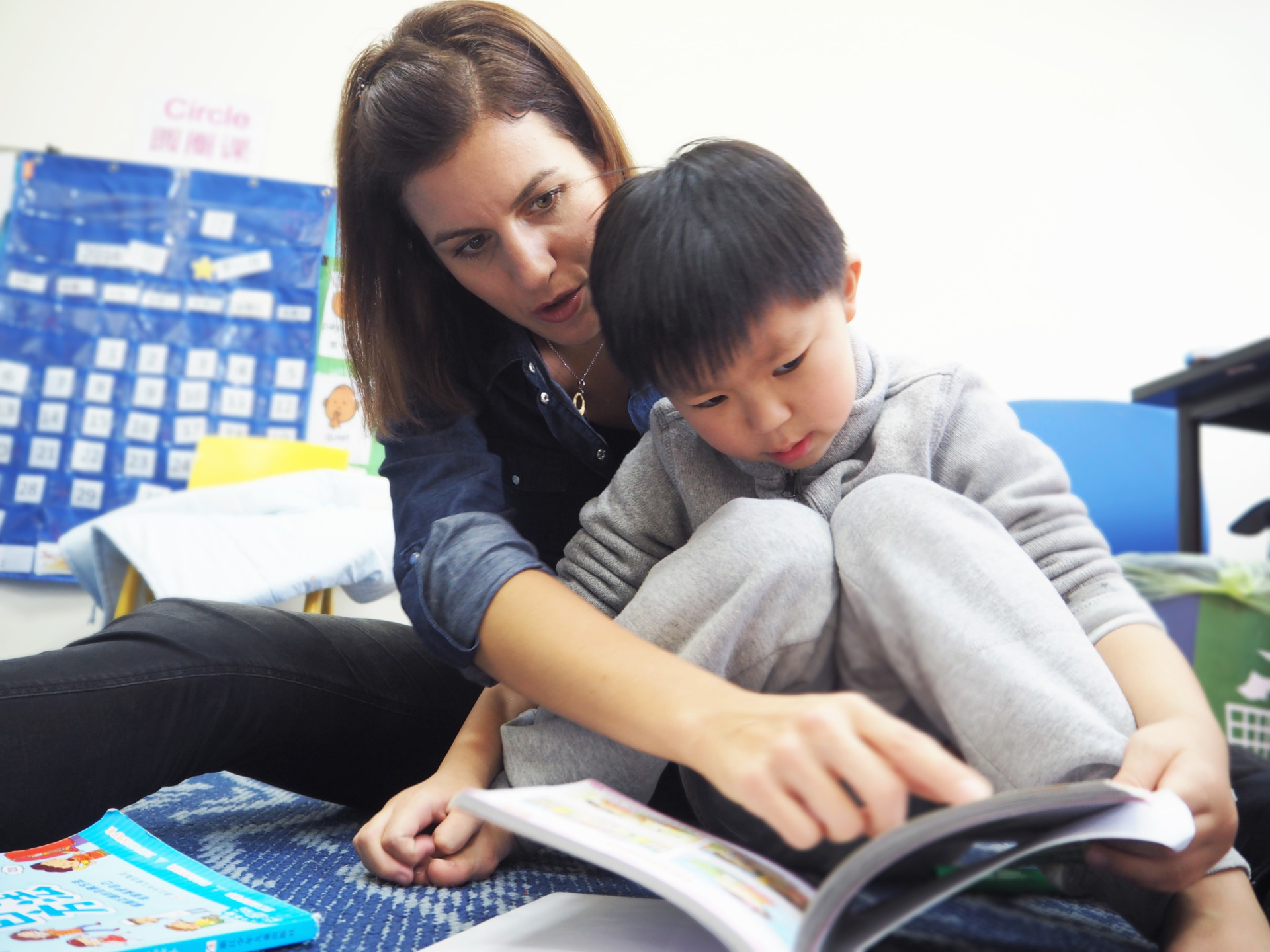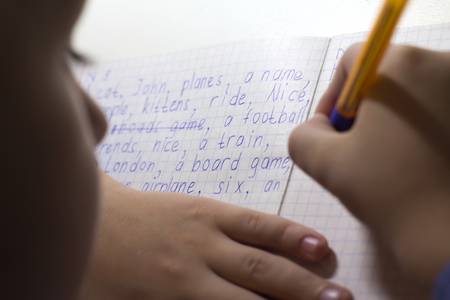Beginner Readers: Read Aloud
Once your child starts decoding text, you can support them at home by both reading with them and asking them to read aloud. Reading aloud gives children the chance to practice their reading accuracy (reading correctly) and fluency (reading quickly). Reading aloud also exposes your child to new vocabulary and grammatical structures that they may not be used to in spoken language.

Tips:
-
Prompt your child to ‘sound out’ unfamiliar words rather than guess at them or skip over them. Remember not to always ‘give’ them the word when difficulty arises. Instead, ask them to identify the beginning, middle, and end sounds by pointing to the letters and sounding out the letters. A new word can look overwhelming, however, breaking it down into small familiar sounds can give your child the chance to get it right.
-
Identify patterns with your child, and ask, ‘Does it look like a word you already know?’ For example, if they are familiar with the word ‘boat’ they can be shown that by simply swapping one or two letters they can read many more (e.g. coat, moat, goat, float, throat).
Model the skills you would like your child to demonstrate yourself. Take turns when reading aloud and as you come to difficult or unfamiliar words model sounding out the word and blending it together in front of your child.

Games:
-
Phonics blending game:
Write a selection of the sounds your child is working on on small squares of paper or anything that can be moved around with ease. Place them in front of you both. Take turns to call out a sound ‘a’, ‘oa’, ‘igh’, etc. The other player must identify the sound correctly by putting their hand on the sound as fast as they can for one point. If the player can then blend their sound with any of the other sounds available to make a word, a bonus point can be given for each sound card that can be added to the original sound. A game can last for a set amount of time (e.g., 5-10 minutes) and the winner is the player with the most points.
-
Robot Talk Eye Spy
Similar to the classic game ‘eye spy’! Take it in turns to choose something in your surroundings that you can see. Say ‘I spy….’ But instead of giving a clue such as ‘something beginning with a,b,c, etc’ say the name of the object using ‘robot talk’. Segment the word into its separate sounds (using a robot voice to add some fun!) (ch + air = chair, s + un = sun, m+ ai+ l = mail). Your child or you must then blend the sounds together to guess the word correctly.
-
Sight Word Match
Some words are not phonically decodable, these are known as ‘sight words’ or ‘tricky words’. Lists of these words are available by grade level and can be found online or through your child’s teacher. Print or write the words on index cards, making two of each word. If they are able to, you can get your child to help write the words. To play, shuffle the cards and place them face down, so the words are not visible. You and your child can take turns turning over two cards at a time. If the cards match, the player keeps the cards and has a second turn. If they don’t match, the cards are placed face down again and the other player takes a turn. The game ends when all the cards have been matched.

Your child’s teacher should be able to tell you what stage your child is at and answer questions you have about how your child is learning to read. For some children, acquisition of letter-sound relationships can more challenging than we would typically expect. If you have concerns about your child’s reading abilities, don’t hesitate to get in touch with us at ELG by complete our online enquiry form, emailing us at [email protected], or calling us at +86 21 5206 6273.
